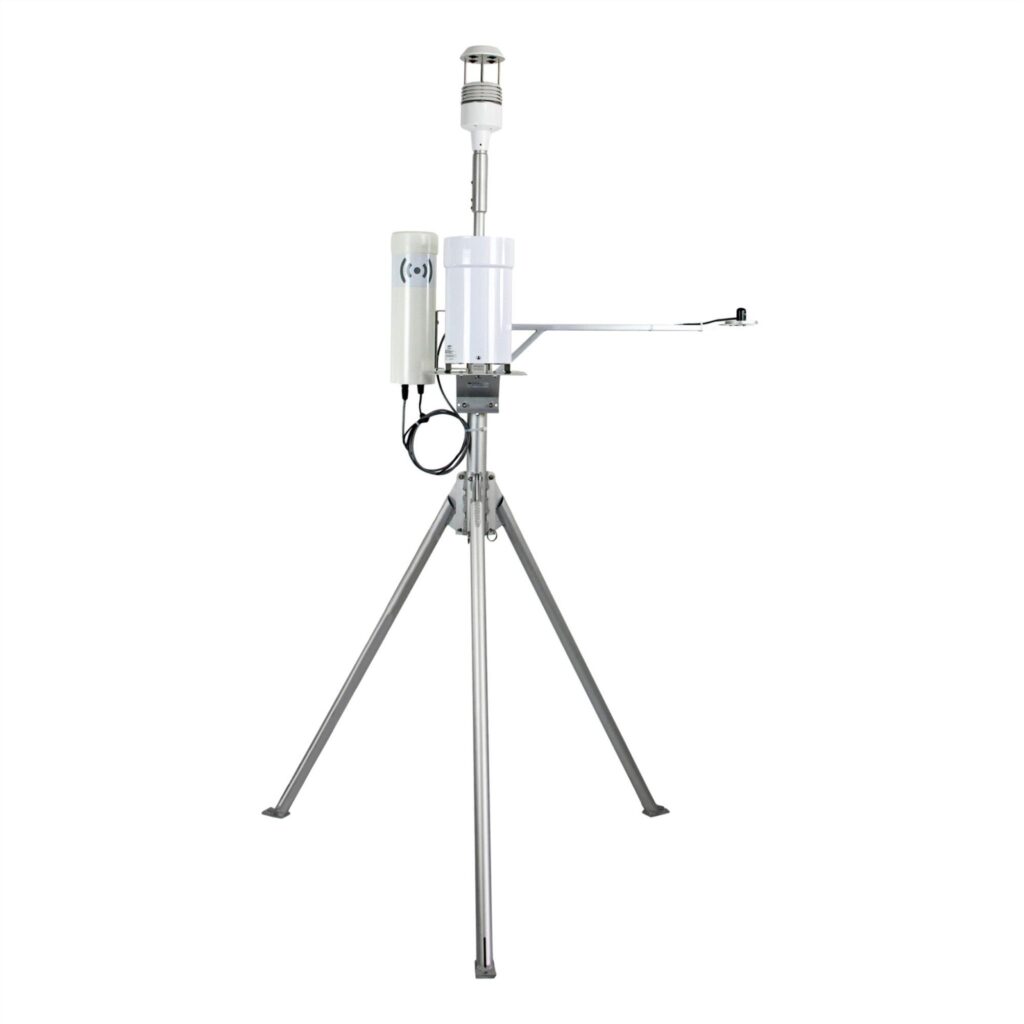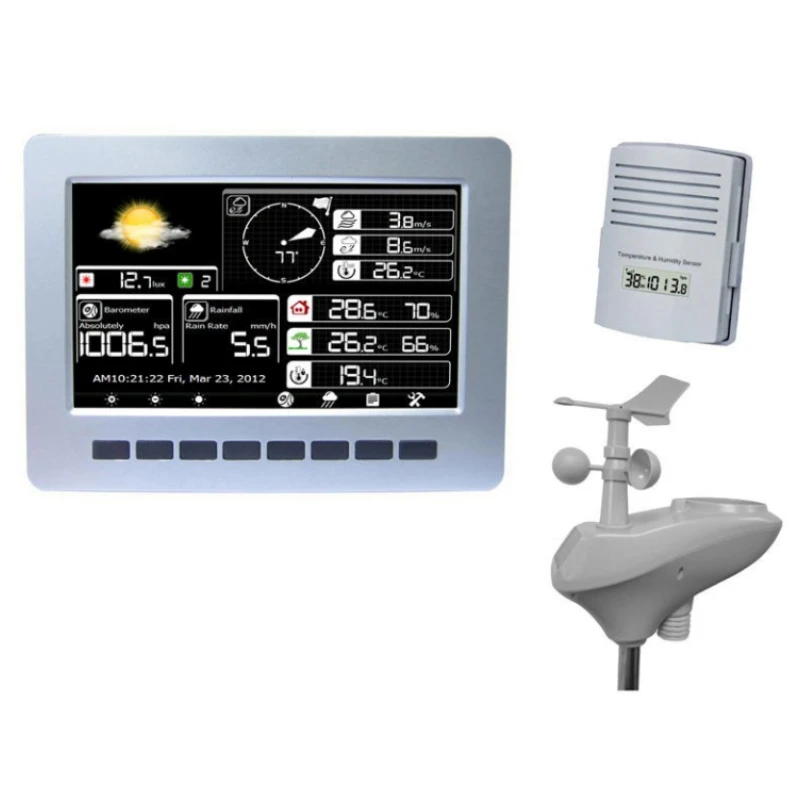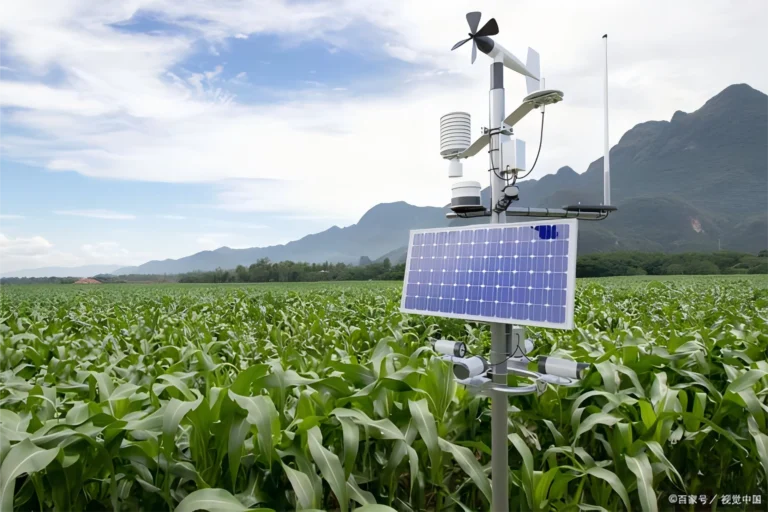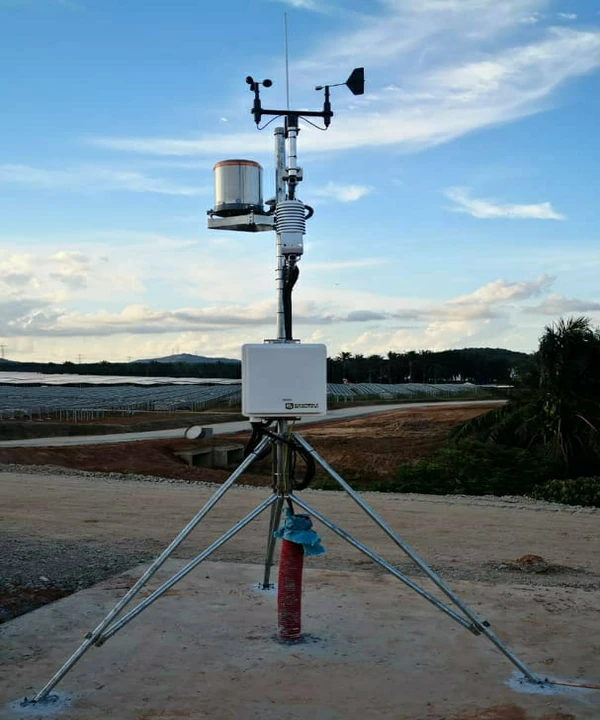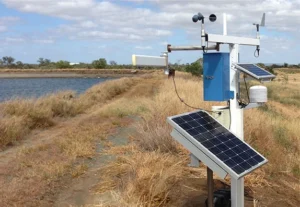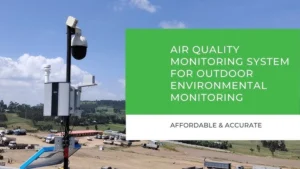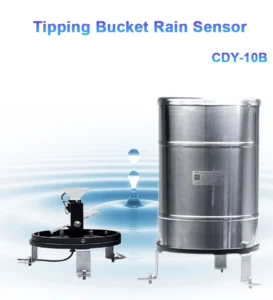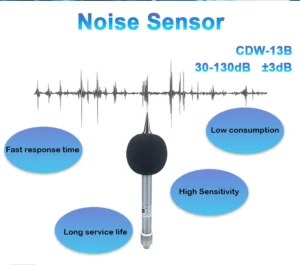why do meteorologists use station models
Technological advancements have changed weather stations a lot. They have changed from basic analog devices to more advanced digital systems. Now, these stations give accurate, real-time information about the environment.
This article looks at how weather stations have changed over time. It looks at their shift from analog to digital technology. It also shows how important they are in weather science.
I. Introduction to Weather Stations
Weather models stations have been important for tracking the weather for many years. They mainly record data like temperature, humidity, wind speed, and rainfall.
The early station model used simple tools. These tools needed people to take readings and do calculations. Though basic compared to today’s devices, these early tools helped create modern weather technology.
II. Analog Weather Stations
The first weather observation systems were analog weather stations. They were made in the late 1700s. These systems used tools, such as the mercury barometer. This tool measures air pressure. It helps us predict the weather. Other important tools are:
– Thermometers are used to measure temperature.
– Hygrometers for measuring humidity.
– Anemometers measure how fast the wind is blowing.
– Rain gauges for measuring rainfall. Collecting data meant writing it down in weather journals. This process took a lot of time and resources.
III. Advancements in Analog Weather Stations
Small changes in weather stations made them more accurate and useful. The telegraph started in the 1800s. It changed how we share weather updates.
It made it easy to share data quickly over long distances. New tools, like self-recording instruments, have made it easier to collect data. Examples are the Robinson cup anemometer and the Campbell-Stokes sunshine recorder. This was an important step forward.
IV. Drawbacks of Analog Weather Stations
While they helped meteorology a lot, analog weather stations faced many challenges. The manual way of recording and analyzing data made it hard to get real-time information. This often caused delays of a few hours or even days.
These delays made weather forecasts less accurate and helpful. Analog devices also needed regular care, calibration, and replacement. This made them costly and difficult to use.
V. Emergence of Digital Weather Stations
Digital technology has changed the way we study the weather. Digital weather stations took the place of manual tools. They use electronic sensors to gather and send data fast. Adding computer systems made it easier to predict and study the weather.
VI. Elements of Digital Weather Stations
Modern digital weather stations use connected parts to gather and study environmental data. The main parts are electronic sensors, data loggers (or controllers), and computer systems or networks for processing data.
Electronic sensors are better than analog sensors. They give more accurate and reliable measurements. Data loggers collect and store these measurements.
They send the information to computers or networks. Smart software looks at the data and displays it clearly.
VII. Advantages of Digital Weather Stations
The move to digital technology has changed weather forecasting in many ways. Real-time data helps create more accurate weather forecasts. It improves predictions for both short-term events and long-term trends. Automated processes cut down on human mistakes and reduce manual work.
Storing a lot of data helps us look closely at history. This is very useful for climate research and scientific discovery.
VIII. Cutting-Edge Capabilities in Digital Weather Stations
Digital weather stations have improved a lot. They now have new features that make them easier to use. These features include wireless connections and remote monitoring. They also work well with smartphones and online platforms.
Wireless connectivity eases the installation process by removing the need for complex physical wiring. Remote monitoring lets users get the latest weather information from almost anywhere. This makes it easier to use and reach.
IX. Issues with Digital Weather Stations
Digital weather stations have made great progress, but they still have problems. Regular maintenance and calibration are key for getting accurate and reliable weather readings.
Their electronic parts can be harmed by harsh weather conditions. It is important to send and store data safely. We need strong ways to keep it safe and reliable.
Conclusion
The shift from analog to digital weather stations has changed the field of meteorology. Digital systems can gather data in real-time and automate tasks.
They have new features that make weather predictions better and faster. Weather stations have changed from basic tools to complex systems. They help us learn more about the atmosphere.
Recent studies by Coda Sensors show that new management strategies and good technology can boost productivity. When there are problems with OEM sensors, it is important to pick high-quality products. Hunan Coda Electronic Tech Co., Ltd offers great options under the Coda Sensors brand. This choice is wise and works well.
In contrast to conventional energy-demanding systems, environmental monitoring solutions offer sustainability without the need for external energy sources.
